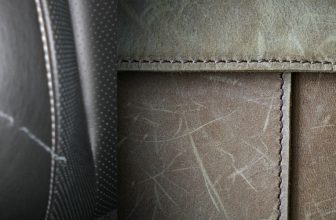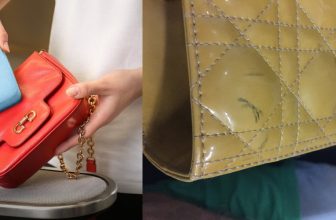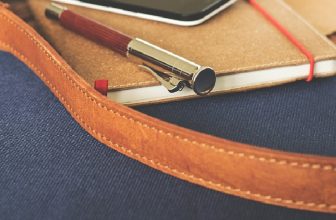How to Make Rough Leather Smooth
There’s nothing quite like the feeling of rough leather against your skin. It’s earthy, rustic, and somehow comforting. The problem is that the initial feelings can be a little too rough for some people. So if you’re not one to enjoy the feel of sandpaper on your bare skin, don’t worry!
There are a few ways to make rough leather smooth without losing any of its characters. Keep reading to find out more about how to make rough leather smooth.

What Is Rough Leather?
Rough leather is a type of leather that has been sanded or buffed to give it a more textured appearance. It is often used for making belts, wallets, and other accessories. Rough leather can also be used for upholstery or as a furniture cover. The rough surface of the leather helps to disguise any wear and tear.
Rough leather is usually made from cowhide but can also be made from other animal skin types. The processing of rough leather requires special care to ensure that the leather’s natural grain is not damaged. As a result, this type of leather tends to be more expensive than other types.
However, many people believe that the unique look and feel of rough leather are worth the extra cost.
Why Should You Make Rough Leather Smooth?
Smooth leather is a sign of high quality. When you see a piece of furniture upholstered in smooth leather, it creates an immediate impression of luxury and sophistication. Rough leather, on the other hand, can look cheap and unfinished. So if you’re considering purchasing a piece of leather furniture, you should always choose smooth leather over rough. Here’s why:
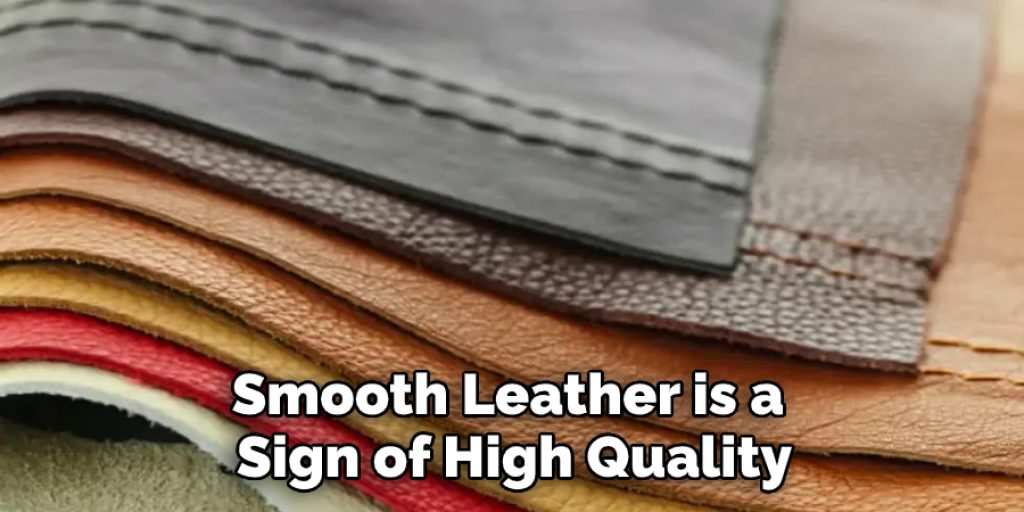
Smooth leather is simply more pleasant to the touch. It’s soft and supple and has a luxurious feel that rough leather can’t match. In addition, smooth leather ages better than rough. Over time, rough leather will develop wrinkles and creases that give it a worn and dated appearance.
On the other hand, smooth leather will retain its shape and continue to look smooth and sleek for many years. Finally, smooth leather is easier to care for than rough. It doesn’t require special treatments or products; wiping it down with a damp cloth is enough to keep it looking its best.
If you’re looking for a piece of furniture that will make a lasting impression, go for smooth leather every time. It may cost a bit more upfront, but it’s worth it in the long run.
8 Steps to Follow on How to Make Rough Leather Smooth
If your leather looks a little rough and you’re unsure how to make it smooth again, don’t worry! With a little elbow grease and the right products, you can get your leather looking new in no time.
1. Gather Your Supply
You will need some leather cleaner or saddle soap, a soft-bristled brush, a cotton cloth, and some water.
2. Clean the Leather
Start by using your leather cleaner or saddle soap to remove any dirt, grime, or oils on your leather’s surface. If you’re working with a really dirty piece, you might need to use a stiff brush to help loosen things up. Once the leather is clean, dry it off with a soft cloth.
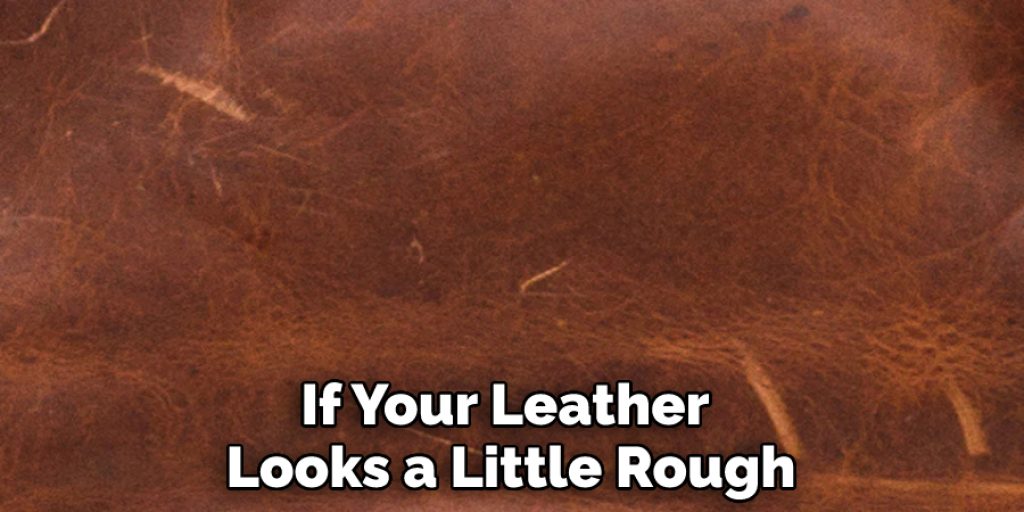
3. Prep the Area
Now you’ll want to get the area you’ll be working on ready. If you’re working with a large piece of leather, you might want to clear off a work surface. If you’re working with a small piece, like a purse or shoes, you can just lay down a towel or old sheet.
4. Condition the Leather
After cleaning the leather, you will want to condition it to help keep it supple and prevent cracking. Choose a leather conditioner that is right for your type of leather and follow the instructions on how to apply it. Generally, you will want to apply a small amount to a clean cloth and rub it into the leather in small, circular motions.
5. Buff the Leather
Once you have applied the conditioner, let it sit for a few minutes before buffing it into the leather. You can use a soft cloth or your fingers to do this. Rub the conditioner in until it’s evenly distributed, then allow it to dry completely.
6. Use Sandpaper to Smooth out The Surface
If your leather is still looking a little rough after following the steps above, you can use sandpaper to smooth out the surface. Start with a lower grit sandpaper and work your way up to a higher one. Rub the leather in long, even strokes until it’s as smooth as you want it to be.
7. Protect Your Leather
Once you have achieved the desired level of smoothness, you will want to protect your leather by applying a small amount of beeswax or another type of leather sealant. This will help to keep the leather from drying out and cracking over time.
8. Enjoy Your Smooth Leather
Now that you have followed these steps, your leather should look smooth and new again! Be sure to clean and condition it regularly to keep it looking its best.
That’s it! You’ve now learned how to make rough leather smooth. With a little bit of effort, you can keep your leather looking new for years to come. Thanks for reading!
How to Make Rough Leather Smooth with Natural Ingredients
Rough leather can be made smooth with a few natural ingredients that are likely already in your kitchen. All you need is some olive oil, lemon juice, and salt. Simply mix together equal parts of olive oil and lemon juice, then add a pinch of salt.
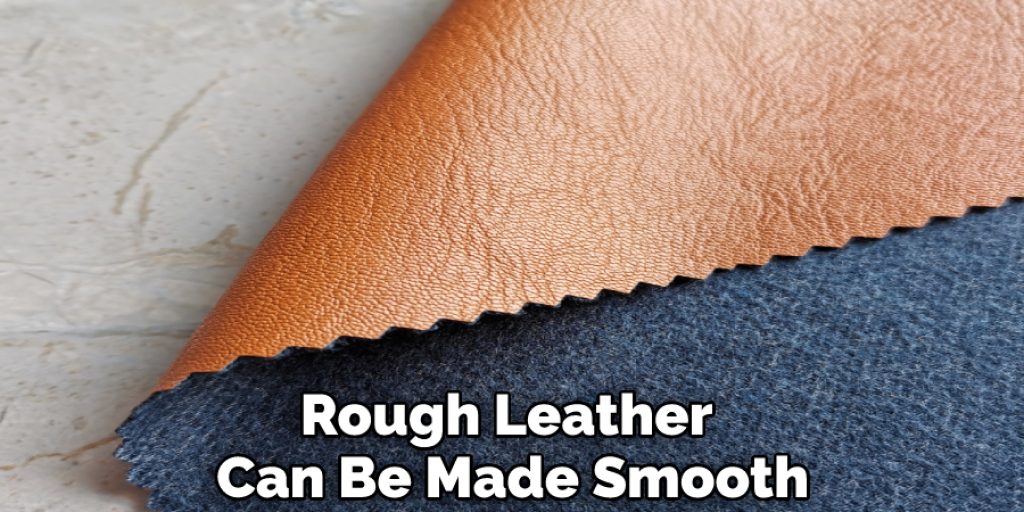
Apply the mixture to the rough leather, using a soft cloth to rub it in. Once the leather is evenly coated, allow it to sit for several hours or even overnight. The acid in the lemon juice will help break down the leather’s roughness, while the olive oil will condition and protect it. Once the process is complete, your leather should be much smoother to the touch.
How to Make Rough Leather Smooth with A Toolkit
Working with leather is a satisfying experience. The material is strong yet flexible, making it ideal for various projects. But before you can start working with leather, you must prepare it for use.
This process, called skiving, involves thinning the leather so it can be sewn or molded into shape. Skiving can be done by hand, but using a skiving knife is much easier.
A skiving knife is a specialized tool that is designed for thinning leather. It has a sharp blade that can easily cut through the tough hide. The blade is also angled, which makes it easy to control the depth of the cut.
Using a skiving knife, hold it against the leather and run the blade along the surface. The leather will curl as it’s being cut, so be sure to keep a steady hand. Once you’ve gone over the entire piece of leather, it should be significantly thinner and more pliable.
How to Identify Rough Leather
There’s nothing quite like the feel of a fine leather handbag, briefcase, or pair of shoes. But not all leather is created equal. So if you’re in the market for a new piece of leather luggage or furniture, it’s important to be able to identify rough leather.
Rough leather is made from the lower-quality outer layers of the hide and is usually thinner and less supple than top-grain or full-grain leather. It can also be more difficult to clean and maintain. Here are a few tips for identifying rough leather:
1. Check the Grain
Rough leather has a more porous, uneven grain than higher-quality leather. If the grain is very smooth or has an artificial-looking finish, it’s likely not rough leather.
2. Feel the Texture
Rough leather should have a slightly pebbled texture. If it feels very smooth or glossy, it’s probably not rough leather.
3. Look at the Color
Rough leather is usually lighter in color than top-grain or full-grain leather. It may also have more signs of wear and tear, such as scuffs and scratches.
By keeping these things in mind, you can be sure that you’re getting the real deal when shopping for rough leather goods.
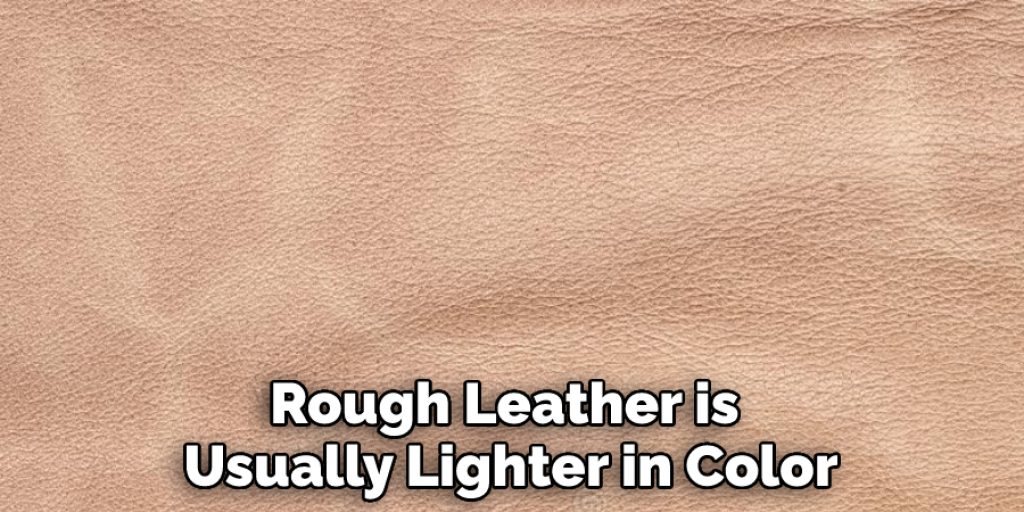
The Benefits of Using Rough Leather
Rough leather is a type of leather that has been sanded or buffed to create a napped surface. It is typically used for upholstery, luggage, and other items that require a durable yet pliable material. Rough leather has several advantages over other types of leather.
First, it is less likely to show scratches and scuffs. Second, it is more resistant to moisture and staining. Finally, it retains its shape better over time, making it an excellent choice for high-use items. Thanks to these properties, rough leather is an increasingly popular choice for a wide range of applications.
Conclusion
Rough leather can be a pain to work with, but there are ways to make the process smoother. In this blog post, we’re going to share some tips on how to make rough leather smooth so that you can create beautiful pieces of furniture, accessories, and more.


